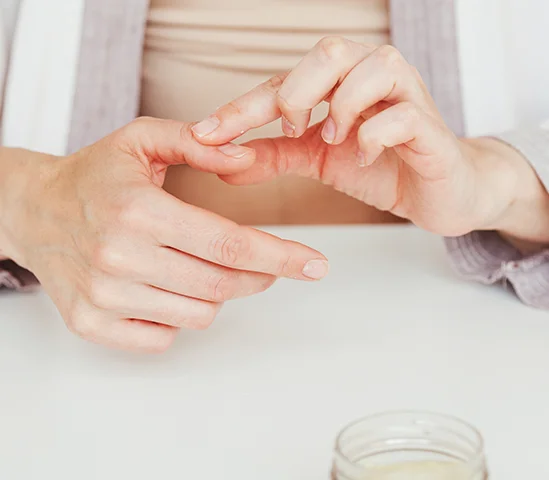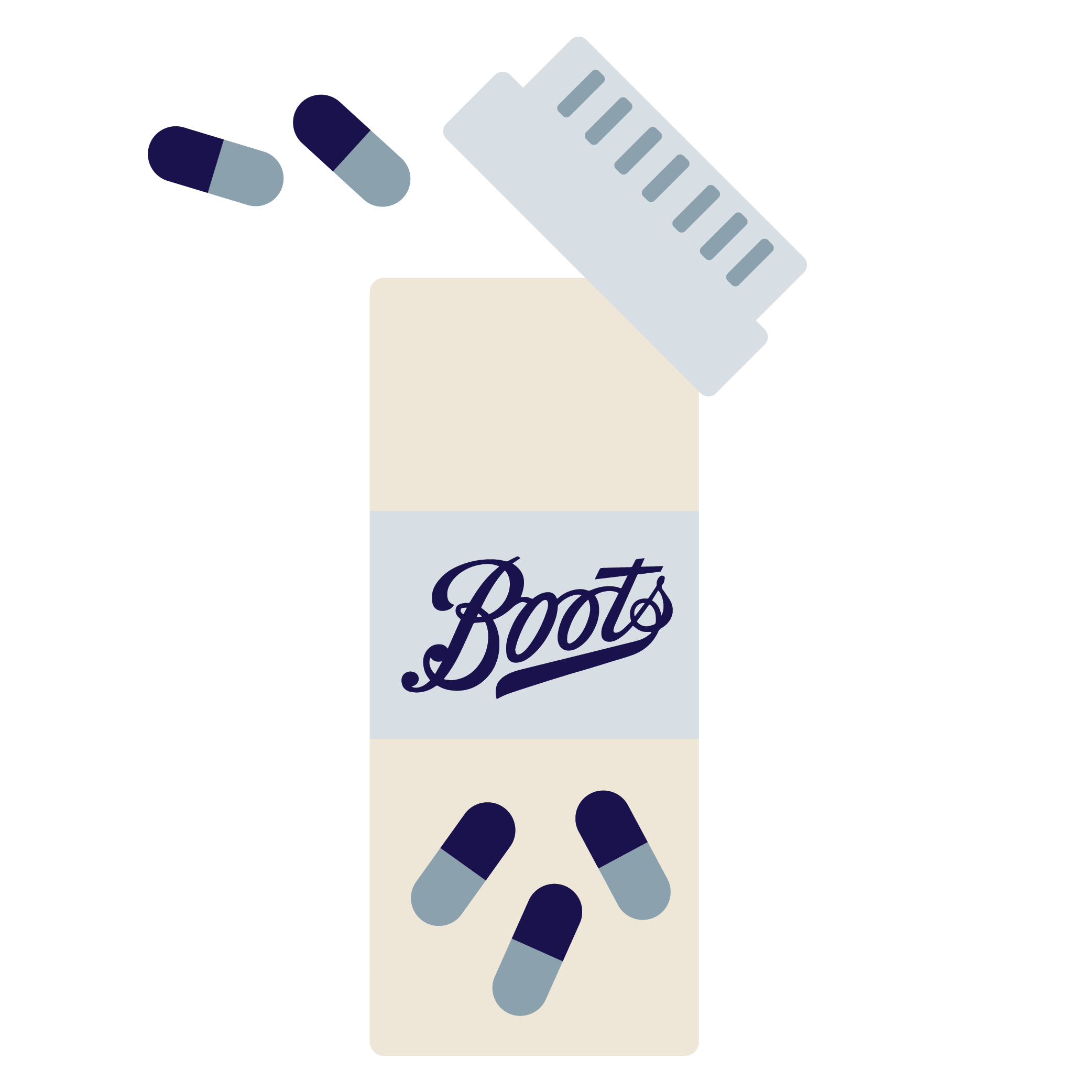
CONTACT DERMATITIS TREATMENT — KEY FACTS
CONTACT DERMATITIS TREATMENT — KEY FACTS
About contact dermatitis treatment
You’ll be able to treat mild contact dermatitis with emollients and over-the-counter creams. But for a flare-up, you might need a stronger treatment. We can offer a topical steroid to treat your flare-ups.
How do contact dermatitis treatments work?
Topical steroids calm down the immune response that causes contact dermatitis. They reduce the itchiness, swelling and redness (only lighter skin tones) of the skin.

How do I apply contact dermatitis treatments?
If treatment is suitable for you, after applying your usual moisturiser and leaving it time to absorb, you’ll apply a thin layer of steroid cream or ointment over the affected area. You’ll need to do this once a day.
Do not wrap or tightly cover treated areas.
You can keep using the treatment for up to two weeks.
What are the side effects of contact dermatitis treatments?
Topical steroids can make your skin feel itchy and it may burn when you first apply the treatment. Using too much can cause your skin to become thin and fragile, so only apply a thin layer as directed.
If you apply too much treatment or use it for too long, your body can start to rely on these steroids instead of its own. Only use treatment for the prescribed two weeks.
For the full information on a treatment’s side effects and how to use it, it’s important to read the Patient Information Leaflet that comes with your medicine.
How quickly do these contact dermatitis treatments work?
It can take time for the appearance of your skin to improve but you should notice it clearing up within seven days. Don’t use these treatments for more than two weeks.
If you don’t notice an improvement after two weeks please message us.
Important Safety Information
You must not apply strong steroids to your face, genitals, under your arms or where your skin is broken.
You need to look out for signs that your skin is infected. Symptoms include inflamed skin, weeping fluid, a yellow crust on your skin and feeling feverish. Please get urgent face-to-face care if this happens to you.
It’s important that you tell us which other medicines you’re taking or using – whether they’re prescription or medicines you’ve bought without a prescription. We need to know so that we prescribe a suitable contact dermatitis treatment. You must also tell us if you start taking steroids in any other form (such as steroid inhalers or tablets).
What are my options if I don’t want treatment?
The best approach to contact dermatitis is to avoid whatever causes the rash. The inflammation should then calm down. You can help this process by doing your best to avoid scratching.
Emollients are important too, particularly if contact dermatitis affects your hands. Apply them after you wash your hands and whenever they feel dry. If your skin reacts to the emollient, stop using it and speak to your pharmacist - they can often recommend an alternative.
Be aware that emollients should not be used near a naked flame. They can also make your bath very slippery, so take care getting in and out.

